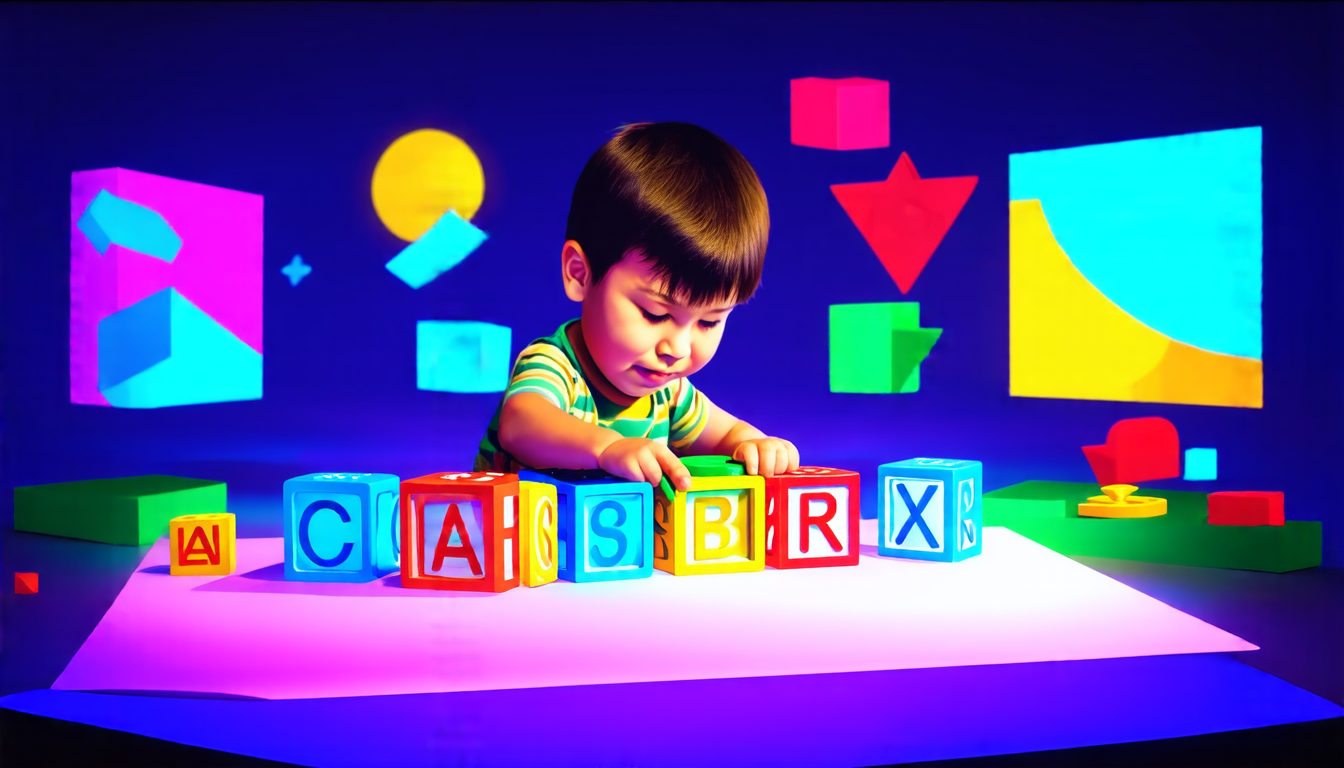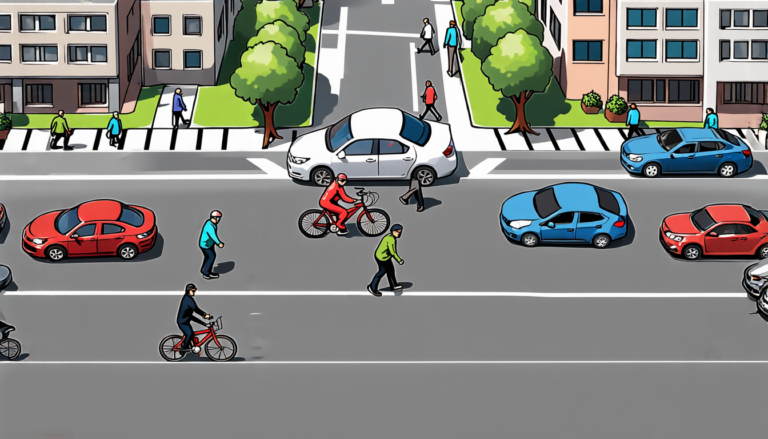Saturday 11 October 2025
A new approach to teaching children vocabulary is gaining traction, and it’s a game-changer for early education. Traditional methods often rely on rote memorization and passive screen-based tools, which can fail to engage students kinesthetically and collaboratively. But Vocabuild, an augmented tangible interface designed by researchers at City University of Hong Kong, transforms vocabulary learning into an active, embodied, and playful experience.
The system combines physical letter blocks with a projection-augmented surface. As children physically construct words with the blocks, the system provides real-time, dynamic feedback, such as displaying corresponding images and animations. This helps them construct semantic meaning and build connections between new words and their meanings.
Vocabuild was deployed in a classroom setting to test its effectiveness. The results were impressive: students who used Vocabuild showed higher engagement, increased collaboration, and a more positive attitude towards learning compared to traditional methods. The system’s interactive nature allowed children to take ownership of their learning process, making it a more enjoyable and effective experience.
The design of Vocabuild is rooted in embodied cognition theory, which posits that the body plays an essential role in shaping our understanding of the world. By using physical blocks and real-time feedback, Vocabuild taps into this theory, allowing children to engage with vocabulary in a multisensory way.
One of the most significant advantages of Vocabuild is its ability to cater to different learning styles. Children can approach word-building from multiple angles, whether it’s through visual recognition, auditory association, or tactile manipulation of the blocks. This adaptability makes the system accessible to a wide range of learners, including those with diverse cognitive and physical abilities.
As educators continue to seek innovative ways to engage young minds, Vocabuild offers a promising solution. By harnessing the power of embodied cognition and tangible interfaces, this technology has the potential to revolutionize early education. As researchers continue to refine and expand upon Vocabuild, we can expect to see even more creative applications of this approach in the years to come.
In the meantime, the benefits of Vocabuild are already evident: increased engagement, improved collaboration, and a more positive attitude towards learning. By putting students at the center of their own education, Vocabuild is helping to shape a new generation of curious, creative, and critically thinking individuals.
Cite this article: “Building Bridges: A New Approach to Teaching Children Vocabulary”, The Science Archive, 2025.
Vocabulary, Education, Learning, Children, Technology, Augmented Reality, Kinesthetic, Embodied Cognition, Collaboration, Engagement







